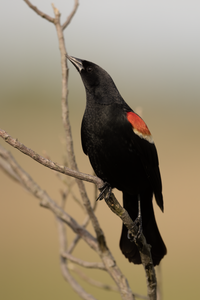
Photo from wikipedia
Uncontrolled growth of Phalaris minor in the wheat (Triticum aestivum) crop has remained a problem, leading to a massive reduction in wheat grain production. Herbicides have been used to control… Click to show full abstract
Uncontrolled growth of Phalaris minor in the wheat (Triticum aestivum) crop has remained a problem, leading to a massive reduction in wheat grain production. Herbicides have been used to control the weed, which leads to the development of frequent resistance in P. minor and mutant biotypes were also reported (Trp2027Cys and Ile2041Asn). Development of resistance enforced agro researchers to analyses the action of herbicide on P. minor. In this study, the sequence and structure of P. minor and T. aestivum Acetyl CoA Carboxylase (ACCase) have been analysed to locate the differences in their sequence and structure and to formulate a plausible explanation of the selectivity of herbicides which may help in the rationale discovery of noble herbicides. The sequence and 3D structure analysis of weed and wheat ACCase indicate minute differences in the distantly located amino acid residues. However, proteins are conserved at the binding site of herbicides with no mutation at the catalytic site. Analysis indicates that herbicides selectively target P. minor ACCase might be due to unknown other reasons, but not due to differences in their protein sequence and structure.
Journal Title: Frontiers in Plant Science
Year Published: 2023
Link to full text (if available)
Share on Social Media: Sign Up to like & get
recommendations!